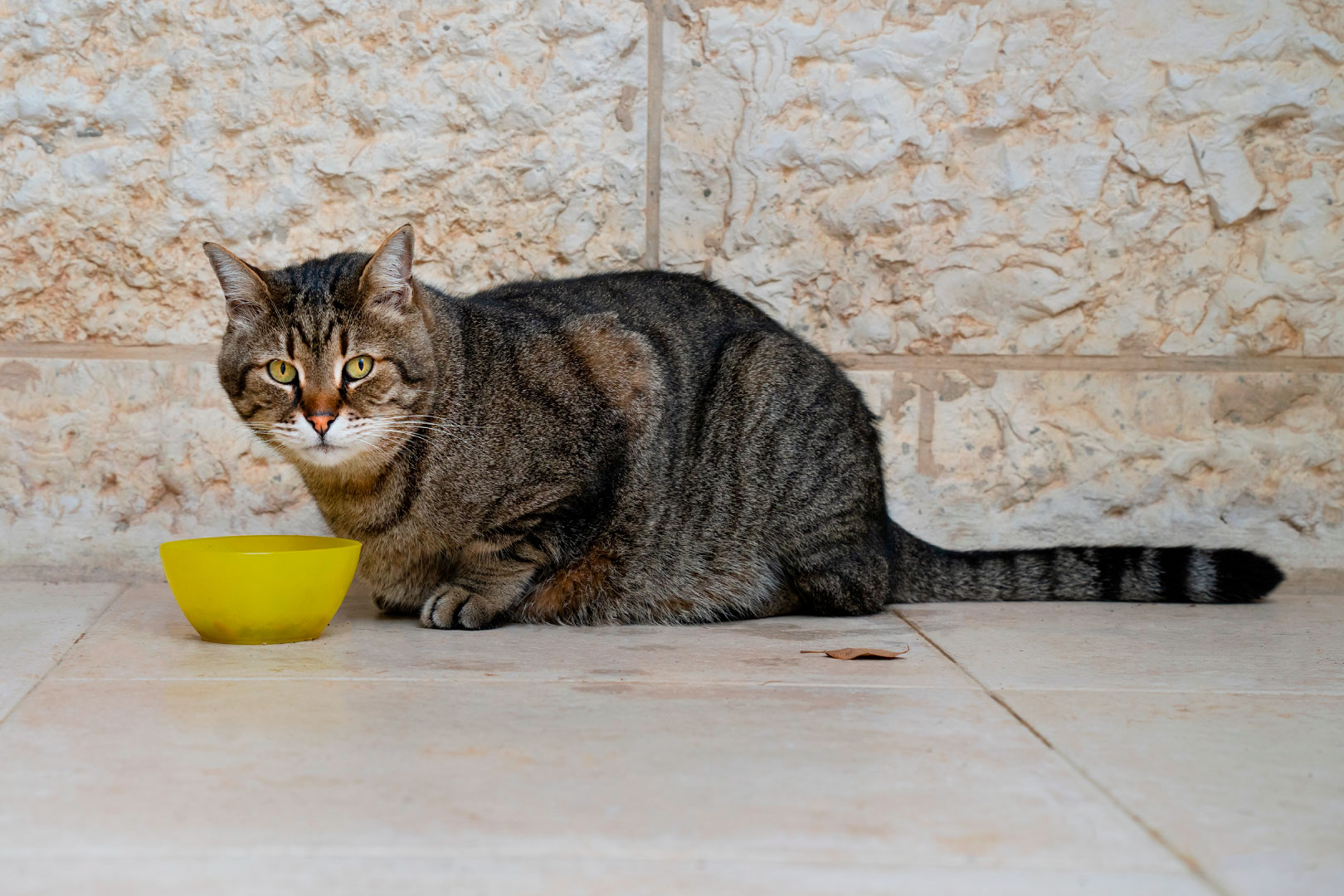Here are some essential tips to help you and your furry friend enjoy the journey together.
Before You Go – Preparation is Key
- Visit the Vet
Make sure your pet is healthy and fit to travel, vaccinations are up to date, and that you have any required documents – especially if you’re crossing borders.
- Get Them Used to Travel
If your pet isn’t used to traveling, start with short rides to help them adjust to the sounds, movement, and time spent in a carrier or vehicle.
- Identification & Documents
Carry your pet’s passport (if required), vaccination records, and microchip info. An ID tag on their collar with your contact details is essential.
Car Travel – Safety First
- Use a Carrier or Safety Belt
Pets should never roam freely in a moving car. A carrier for cats and small dogs, or a proper car harness for larger dogs, keeps everyone safe.
- Take Regular Breaks
Stop every 2–3 hours so your pet can stretch, hydrate, and take potty breaks.
- Never Leave Pets in a Parked Car
Even on a mild day, a car can heat up quickly and become life-threatening for pets.
Flying with Pets – Know the Rules
- Check your airline’s pet policy in advance – each has its own rules and restrictions.
- Small pets often travel in the cabin, while larger ones are transported in a special cargo area.
- Make sure your pet carrier meets airline requirements and is comfortable, with a non-slip base and room to turn around.
Packing List – Essentials for Pet Travel:
- Carrier or safety harness
- Food and water bowls + enough food
- Bottled water (always bring your own)
- Favorite toy or blanket
- Waste bags, pee pads, or travel litter box
- Medications (if needed)
- Towel, grooming brush, and cleaning supplies.
When You Arrive – Familiar Routines, New Places
Pets feel safer with familiar things. Bring their toys, bedding, and stick to their feeding schedule to help them adjust to a new environment. Give them time to explore, and don’t force interactions if they seem anxious or overwhelmed.



